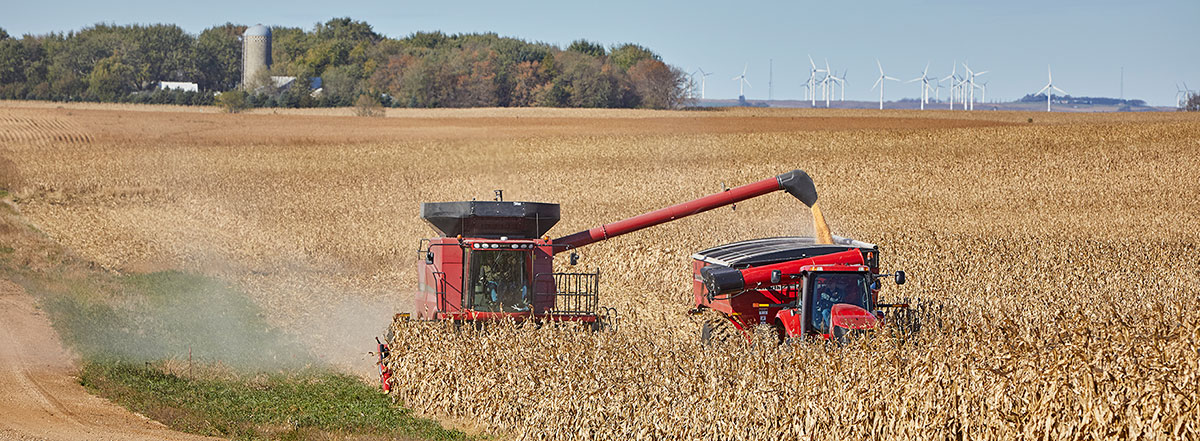Planting delays this spring have affected overall crop maturity progress throughout the growing season. As harvest gets underway across the United States, effects from this year’s wet spring are still apparent.
As of the October 7 release of the USDA Crop Progress report, only 15 percent of corn has been harvested compared to the five-year average of 27 percent. For soybeans, 14 percent have been harvested compared to the five-year average of 34 percent.
Steve Wilson, FMH National Claims Manager and Assistant Vice President, said, “Typical harvest progress is two to three weeks behind schedule.”
Although many areas are behind, Wilson noted that harvest in the Delta region is progressing well with yields near Actual Production History or better on ground that wasn’t flooded.
Numbers from the October USDA Crop Production report forecast a 168.4 bushel-per-acre average corn yield – down eight bushels per acre from 2018. Average soybean yields are expected to reach 46.9 bushels per acre, down 3.7 bushels from last year.
As for corn yield in other regions where harvest is underway, Wilson said, “We’re seeing a few early yield results from the eastern Corn Belt that are 15- 30 percent below last year’s yields.” He added that current yield numbers are coming from early planted crops, so yield estimates are premature.
For other areas, there are many May and June plantings where harvest has had a delayed start. Right now, those late-maturing crops are a concern for frost exposure.
With the high number of prevented planting claims and uncertainty from weather events this growing season, the importance of having crop insurance as a safety net is important now more than ever.
As of the October 7, 2019 USDA report


